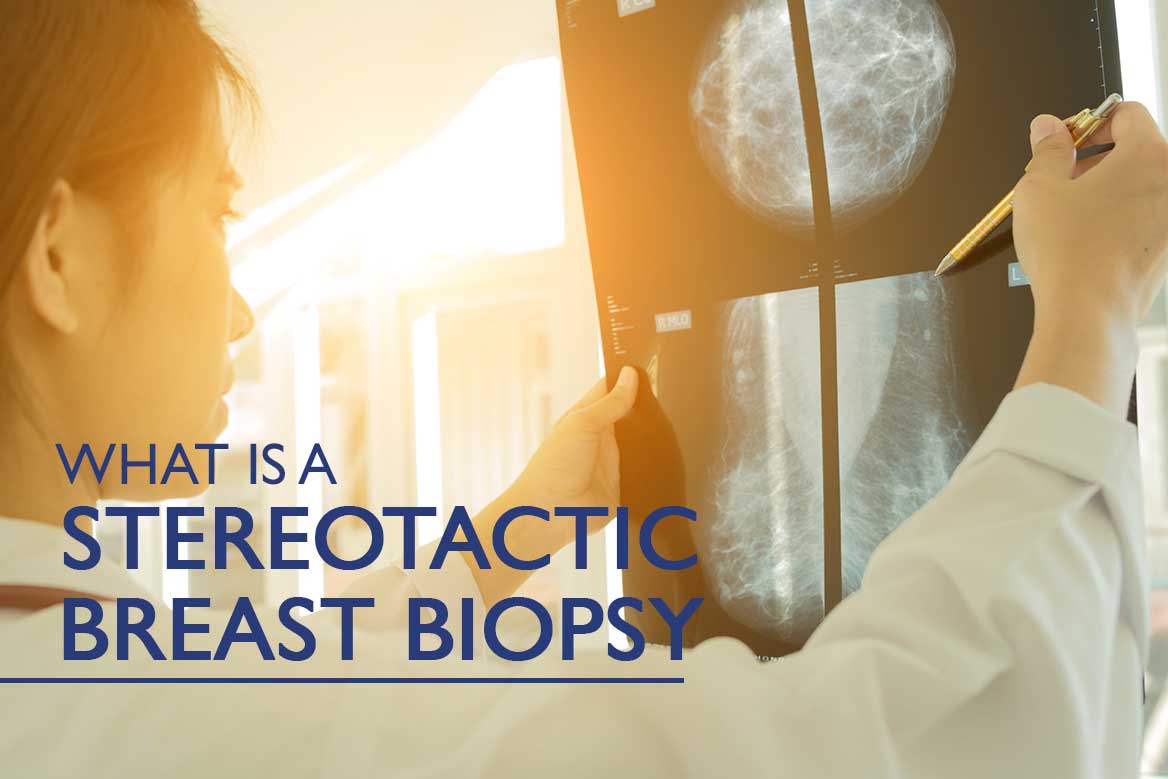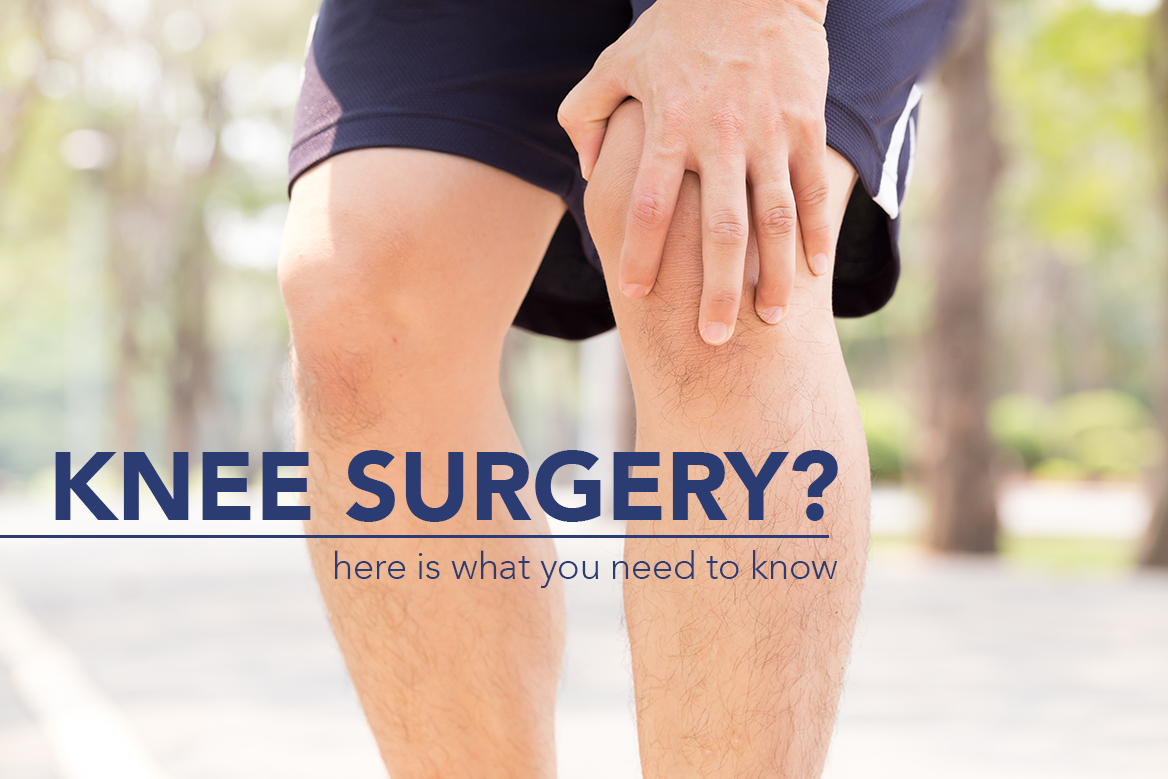Knee Surgery

How are your ears?
August 31, 2016
What Is a Stereotactic Breast Biopsy
September 14, 2016Knee Surgery

Did you know that the largest and most complex joint in your body is the knee? Just think about this for a minute. The knee connects the thigh with the rest of the leg and almost all of your weight is supported by the knee. No wonder the knee is subject to many types of problems. Often there are conditions that can be corrected by surgery.
Let’s look at a few of them:
- Meniscectomy knee surgery can be used when part of the knee cartilage (meniscus) is damaged. The damage can cause pain, swelling and issues with movement. The most common form of a Meniscectomy is arthroscopy. In arthroscopic surgery, small incisions are made around the knee for the insertion of a small camera and various instruments that are needed to safely remove the damaged meniscus.
- Meniscus Repair may be needed when there is damage to the meniscus. Often it is possible to repair the cartilage instead of removing it completely. Meniscus repair is more beneficial to the patient than complete removal because it reduces the risk of developing arthritis later on in life.
- Meniscus Transplant. A meniscus transplant is another type of knee surgery for a damaged meniscus that also uses arthroscopy. For this particular type of knee surgery, a damaged meniscus is replaced with cartilage from a donor. Just like meniscus repair, this procedure is beneficial to the patient because it reduces the risk of knee pain and arthritis in the future.
- Plica (fold or septum within anterior knee) Surgery is required when tissue on the knee is injured. This type injury is called “plica syndrome” and may be treated with surgical or nonsurgical methods. The primary goal for treating plica syndrome is to reduce inflammation. In more severe cases, arthroscopic surgery is required.
- Lateral Release is a type of knee surgery used to relieve pain in the kneecap caused if the kneecap is being abnormally pulled to the outer area of its groove.
- Tendon Repair may be needed if the patellar tendon or quadriceps tendon rupture. If either of these tendons rupture it causes issues with leg flexibility and movement.
- ACL (anterior cruciate ligament) Reconstructive Surgery is one of the most common injuries seen among athletes. The ACL is vital to the knee and stability. However, some people who can function without it. ACL reconstruction requires a graft selection, meaning the patient would need to select replacement tissue from their own body or a donor. For ACL reconstructive surgery, the patellar tendon and hamstring tendon are the most commonly used.
- Unicompartmental Knee Replacement (partial knee replacement) may be an option for the patient who is diagnosed with osteoarthritis limited to one area of the knee.
- Full Knee Replacement is required for patients suffering with severe arthritis in the full knee. Your physician will know if you require a full knee replacement.
These 9 types of knee surgeries are only some of the surgeries that can be performed to correct problems with the knee. If you are have any type of pain, swelling, etc. with one or both of your knees you should have your doctor look at them. If together the decision is made that surgery is needed ask him/her to refer you to a surgeon at Outpatient Services East. If the procedure you need can be done as an outpatient you will find no better place to go for the care you need and deserve.
Phone: 205-838-3888

